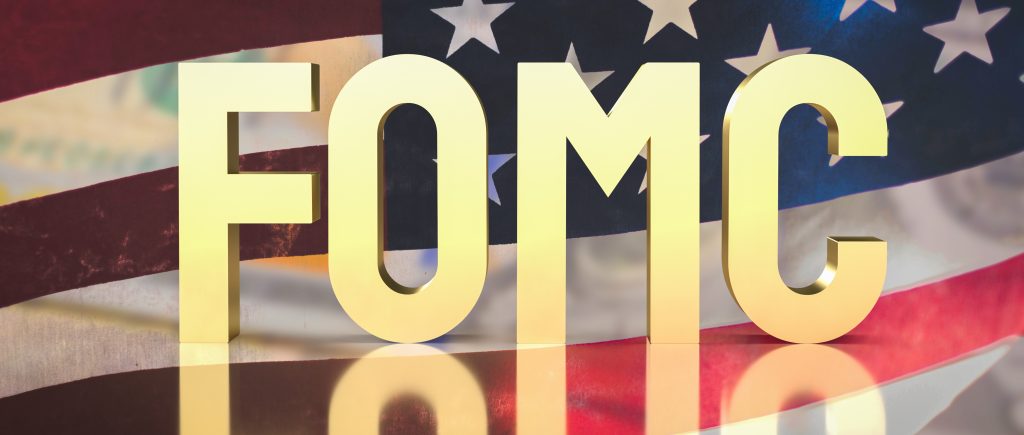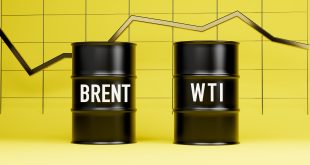After seven consecutive increases in 2022, traders and investors expect the Fed to raise rates by 25 basis points on Wednesday, with increases of 50 basis points by the European Central Bank and the Bank of England on Thursday.
If markets are expecting a 25 basis point hike and eventually a 50 basis point hike is announced, that would be somewhat of a surprise. So, markets would react negatively to such an outcome. January has been relatively strong for the stock market, at least compared with January 2022. The S&P 500 is up about 4.6% since the beginning of the year.
The outcome of the FOMC meeting that concludes Wednesday will likely influence almost each and every financial asset. As for stocks, it could add to that positive momentum or otherwise sent stocks to the red territory.
But when the Fed increases interest rates, it risks shrinking the economy too much and causing a deep recession which is a possibility under current fragile economic conditions. The idea is to bring down inflation by reducing demand throughout the economy, but recission needs to be avoided.
The entire Yield Curve turned lower by 14-26 bp since the last PCE report. In particular, the US 10Yr dipped to 3.36% on January 19, almost in line with expectation of a decline towards 3.25%.
The consumer price index, a key inflation gauge, rose 6.5% year over year in December 2022. That’s lower than the 9.1% year-over-year increase the bureau recorded in June 2022, although it’s well above the Fed’s 2% target. Additionally, the PCE latest reading indicate that it seems to have peaked and might come down towards 4.0% and even lower in the coming months.
The S&P 500 traded up about 2.5% in the week before the FOMC meeting. The market is expecting an increase of 25 basis points, or 0.25 percentage points, in the Fed’s target rate. The degree to which the Fed raises interest rates has important implications for the stock market, inflation and the woes about US recession this year. The Fed is raising rates to attempt to get inflation under control.
As for gold price; weaker US economic data that has been recently released raise the question as to when the Fed will start to ease rates, or pause hikes. However, FOMC is expected to acknowledge there has been some progress in weakening demand but the labour market or service prices are crucial input for the Fed to be able to step back from its hawkish stance needed to combat inflation.
Gold is trading at $1927.90 per ounce at the time of writing. On Tuesday, the scene is getting set for the Fed’s decision and this is obvious enough. Gol price is headed for a third straight monthly gain, with the US dollar and bond yields weakening despite higher interest rates expected from this week’s meeting.
The ECB is also expected to increase rates on Thursday as both central banks look to slow their economies to combat high inflation. As a result, gold price during the events will continue to be volatile.

 Noor Trends News, Technical Analysis, Educational Tools and Recommendations
Noor Trends News, Technical Analysis, Educational Tools and Recommendations




